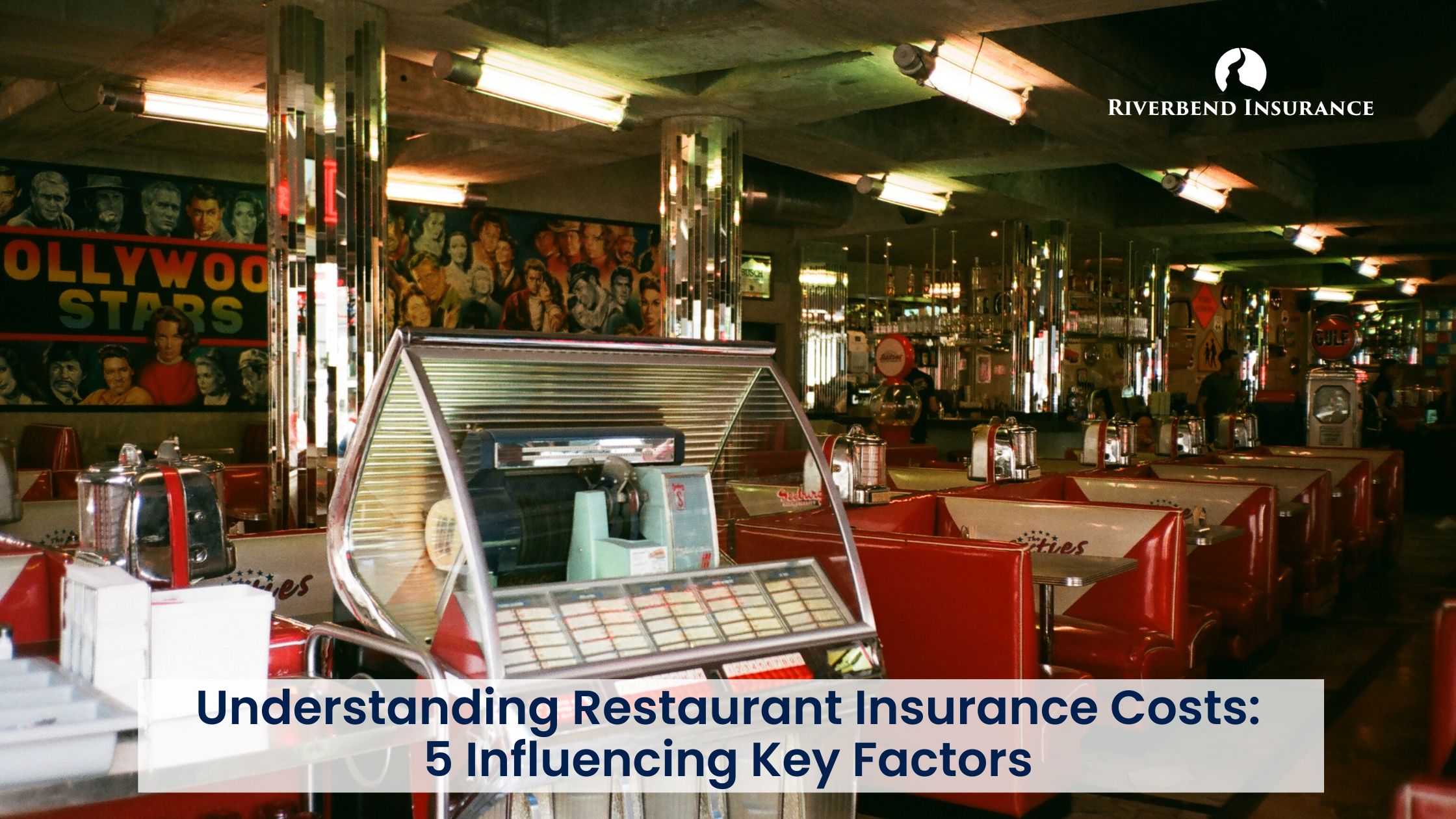Do you own a restaurant? If yes, you know the importance of having restaurant insurance. Carrying out daily operations in the restaurant without proper insurance coverage might be a risky affair. In the unfortunate event of a loss, the insurance policy, like a commercial package or business owner’s policy, will provide the necessary coverage. Some things covered under restaurant insurance policies include liquor liability, general liability, coverage and endorsement extensions, commercial property, and so on.
Here are 5 factors attributing to the restaurant insurance cost:
- Alcohol sales and total gross salesThe cost of your restaurant insurance policy will depend on the percentage of alcohol sales compared to total gross sales. Many carriers decline to provide restaurant insurance if a significant part of the restaurant’s total sales is alcohol-related. Even if some carriers agree, they charge high premium amounts. Total gross sales also impact the insurance cost.
- The number of personnel working at the restaurantMuch like gross sales, the number of staff at the restaurant provides the insurance company with an idea of the establishment’s exposure. Along with the number of part-time and full-time employees, the insurance carrier also considers the total annual payroll. The number of employees also ascertains the expenses for several employment practices like employee benefits liability, dishonesty coverage, non-ownership automobile liability, etc.
- Property valuesThe value of the restaurant property plays a significant role in deciding the cost of the restaurant insurance premium. While evaluating the property, the following things are considered:
- Restaurant Equipment
- The building of the establishment
- Computers and other point-of-sale-systems
- Furnishings
- Signage
- Art
- Stock
Apart from these, there are other property types to consider as well. This varies from one restaurant to another.
- Square footageMany insurance carriers assign rates based on the square feet of a restaurant. This area is a base for the premises’ liability exposure, directly impacting the insurance cost. The foot traffic area is more when a restaurant has a large extent. This leads to higher premises liability exposure. For calculating the square footage, both indoor and outdoor spaces are considered accessible to guests.
- Type of restaurantThe North American Industry Classification System (NAICS) and Standard Industrial Classification (SIC) codes have assigned many definitions for the restaurant industry and specific codes. The code assigned for your restaurant will ascertain the insurance policy eligibility and the amount of the premiums. Some categories include fast-food restaurants, cafes, casual dining, family-style restaurants, fine dining, etc. As a restaurant owner, you must provide the right information about the restaurant categorization to get the right insurance policy.
Protect Your Restaurant with Riverbend Insurance!
Finding a suitable company for restaurant insurance is essential as many things need to be considered for such policies. If you have a restaurant in Denver, CO, look no further than Riverbend Insurance. Our agency compares quotes with top insurance carriers and offers the best restaurant insurance coverage for restaurants in different categories within affordable insurance costs. Contact our customer service professionals or call them directly at (855) 814-0308 to get a quote.


